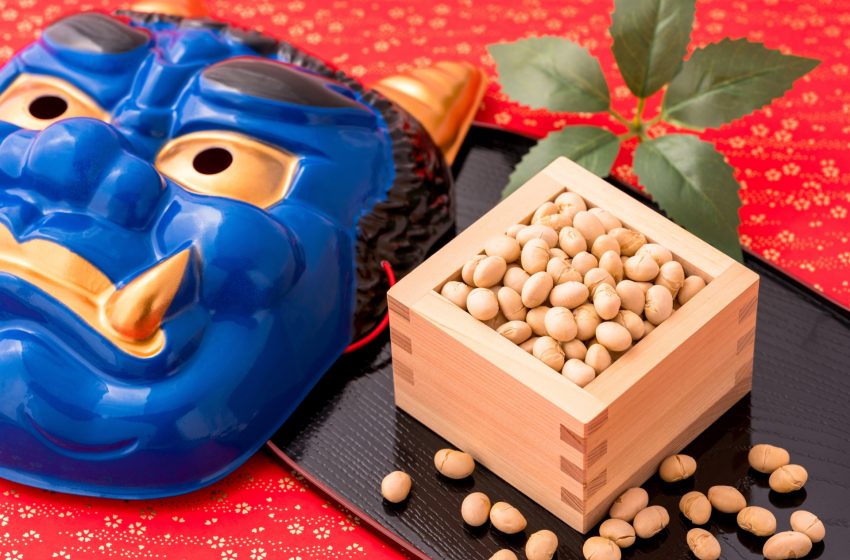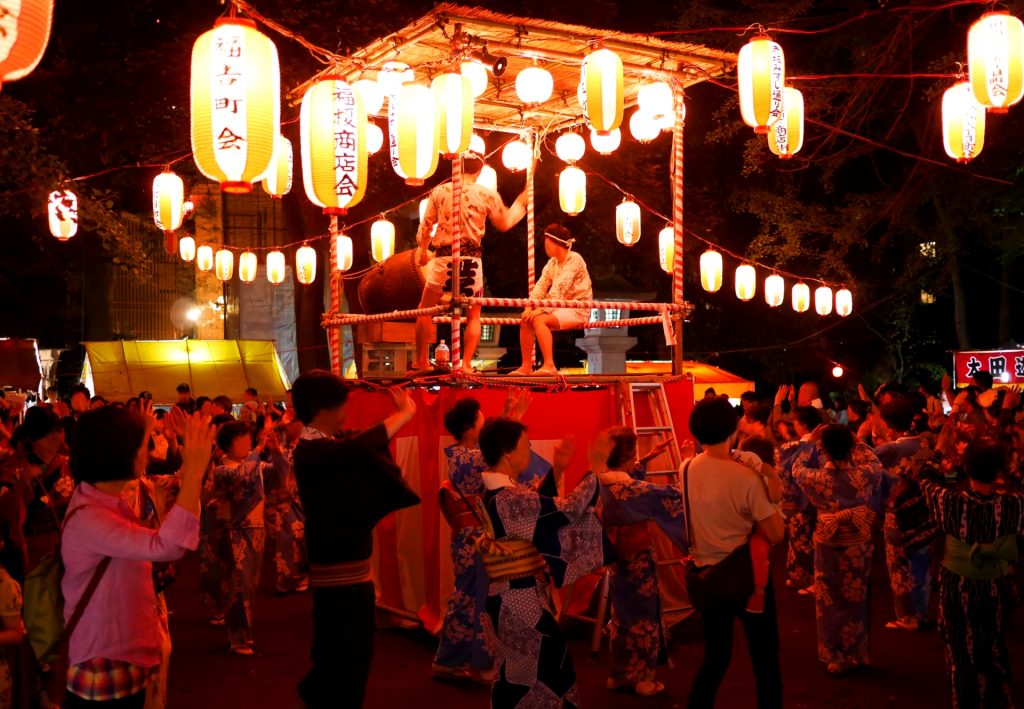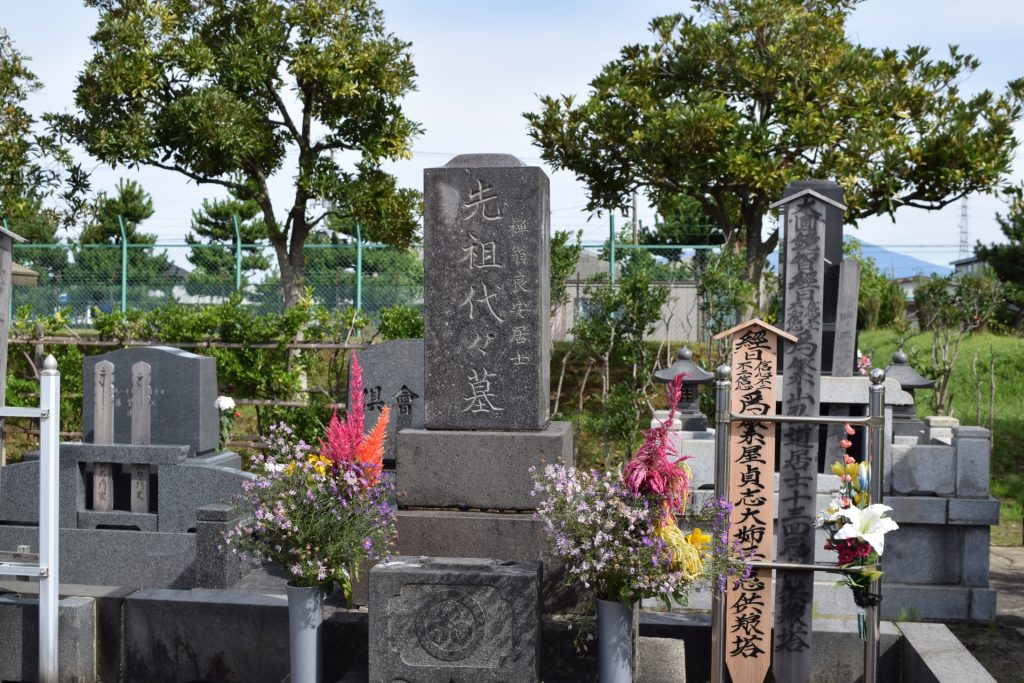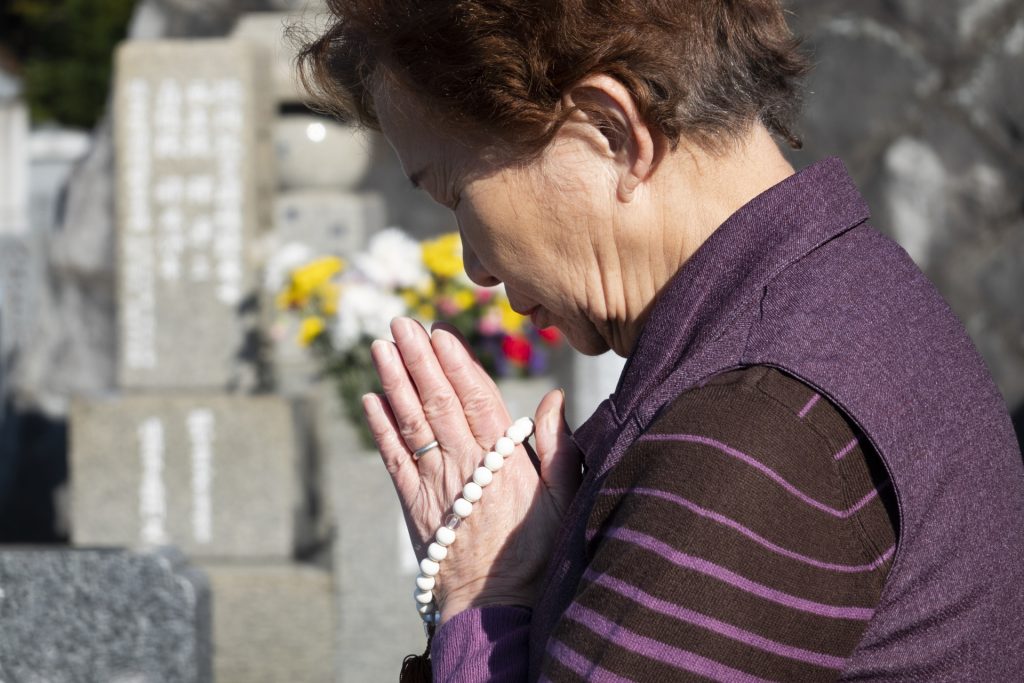
Setsubun: Welcoming Spring with Japan’s Bean-Throwing Festival
Hello, cultural explorers and festival lovers! Today, we’re delving into one of Japan’s most unique and lively traditions – Setsubun (節分). This annual event, which marks the day before the beginning of spring in the Japanese lunar calendar, is not just a celebration of the changing seasons but also a fascinating cultural ritual aimed at driving away evil spirits and bringing good fortune. Join me as we explore the traditions, customs, and fun-filled activities that make Setsubun a must-experience event for anyone visiting Japan in early February.
Understanding Setsubun
Setsubun (節分), literally meaning “seasonal division,” is celebrated yearly on February 3rd or 4th, depending on the year. It’s considered the eve of the first day of spring, even though it often falls in the coldest part of winter. Historically, Setsubun was a time for people to cleanse away the evil of the previous year and drive away disease-bringing evil spirits for the year to come.
The Rituals of Setsubun
Mamemaki (Bean Throwing): The highlight of Setsubun is ‘Mamemaki,’ a ritual where roasted soybeans, known as “Fuku Mame” (fortune beans), are thrown either out the door or at a member of the family wearing an Oni (demon) mask, while shouting “Oni wa soto! Fuku wa uchi!” (Demons out! Luck in!). The beans are thought to symbolically purify the home by driving away the evil spirits that bring misfortune and diseases.
Eating Ehomaki: Another Setsubun tradition is eating Ehomaki, a special type of sushi roll. People eat this thick sushi roll in silence while facing the year’s lucky compass direction, determined by the zodiac symbol of that year. It’s believed that eating the entire roll in one go will bring good fortune.

Celebrating Setsubun Across Japan
While the basic customs of Setsubun are observed nationwide, regional variations provide a unique flavor to the festivities:
- Famous Temple and Shrine Celebrations: Many temples and shrines hold special Setsubun ceremonies with celebrities and sumo wrestlers participating in mamemaki. These events often include traditional dance performances and other festivities.
- Local Variations: Some areas have unique traditions, such as the famous ‘Naked Festival’ at Saidaiji Temple in Okayama, where participants wearing only loincloths compete to catch lucky talismans thrown by priests.
Experiencing Setsubun as a Visitor
If you’re in Japan during Setsubun, you’re in for a treat. Here’s how you can participate:
- Attend a Public Event: Visit a local temple or shrine to witness the mamemaki ceremony and enjoy the festive atmosphere.
- Try Ehomaki: Visit a local supermarket or convenience store to purchase an ehomaki roll. Remember to follow the tradition of eating it in silence while facing the lucky direction!
- Join the Fun: Participate in mamemaki by buying roasted soybeans and throwing them outside your accommodation or at an Oni-masked friend, just for fun!
Conclusion: A Unique Cultural Experience
Setsubun offers a unique glimpse into Japan’s rich cultural tapestry, blending religious beliefs, seasonal traditions, and fun activities. Whether you’re watching the bean-throwing festivities, biting into a delicious Ehomaki, or just soaking in the lively atmosphere, experiencing Setsubun is sure to be a highlight of your winter visit to Japan.
So, embrace the spirit of renewal and good fortune, and join in the joyful celebration of Setsubun – a time-honored tradition that continues to capture the hearts of people across Japan.
Happy Setsubun! May the new season bring you luck, happiness, and prosperity!




